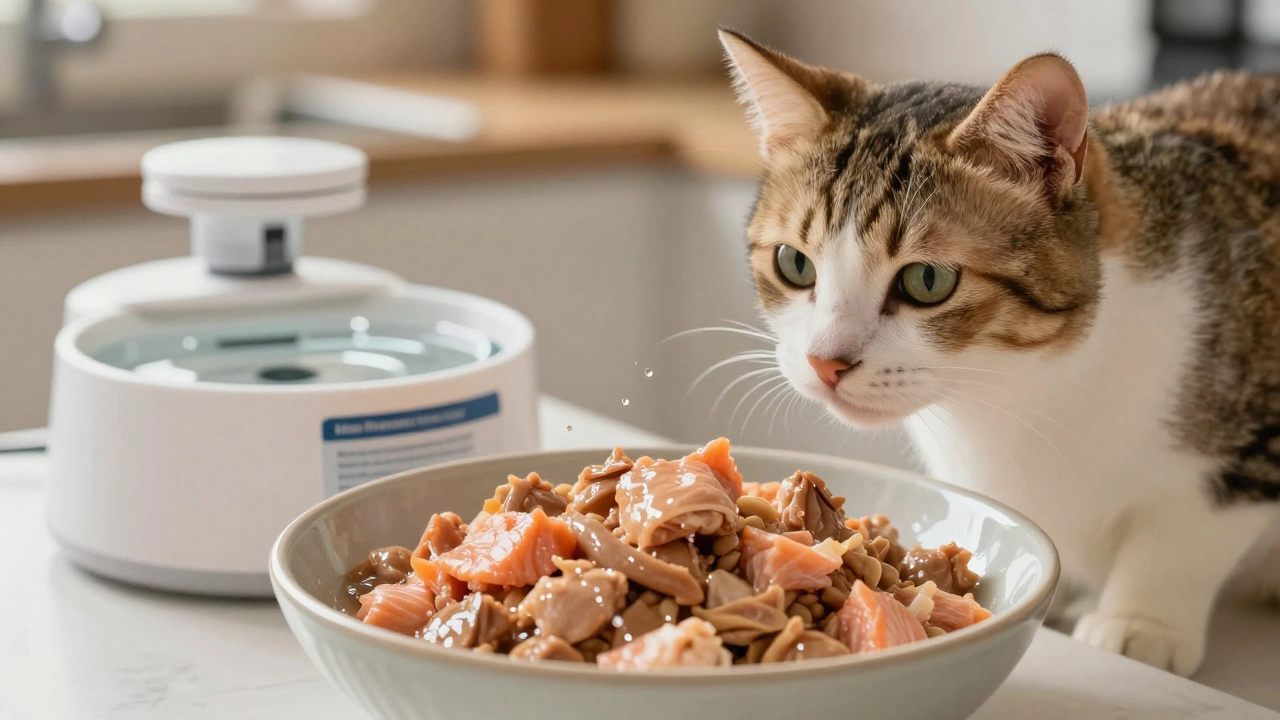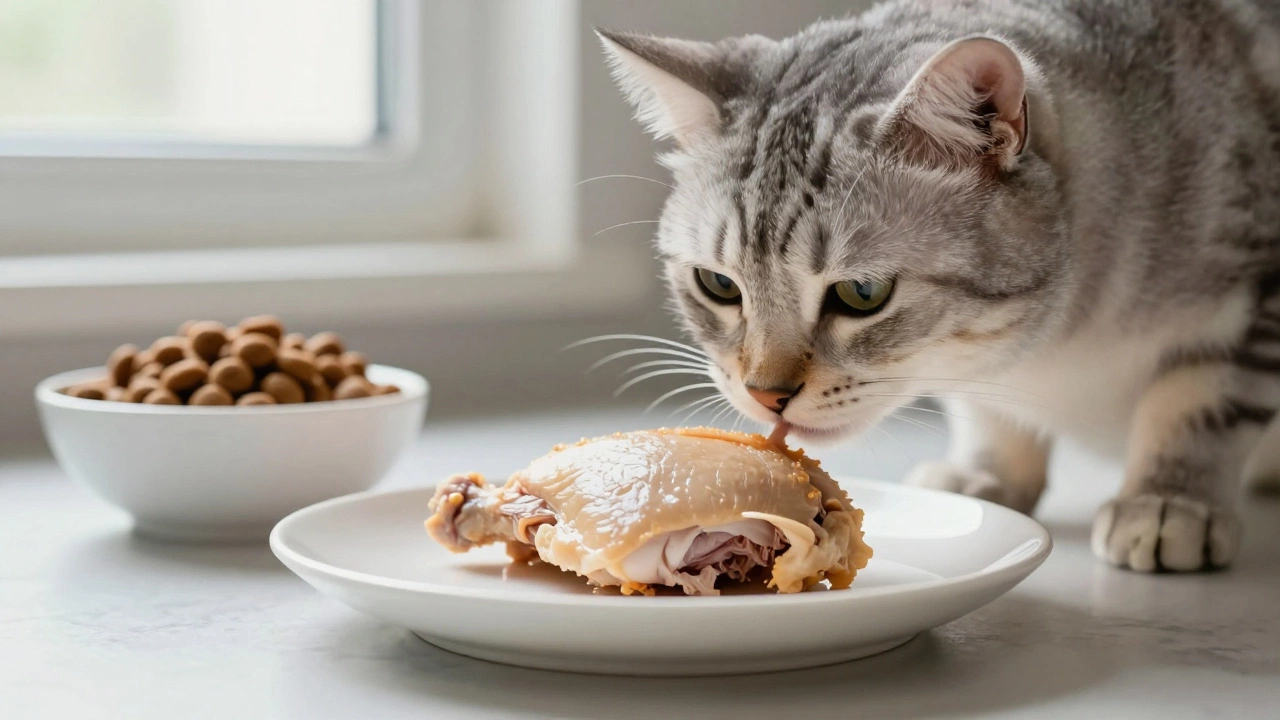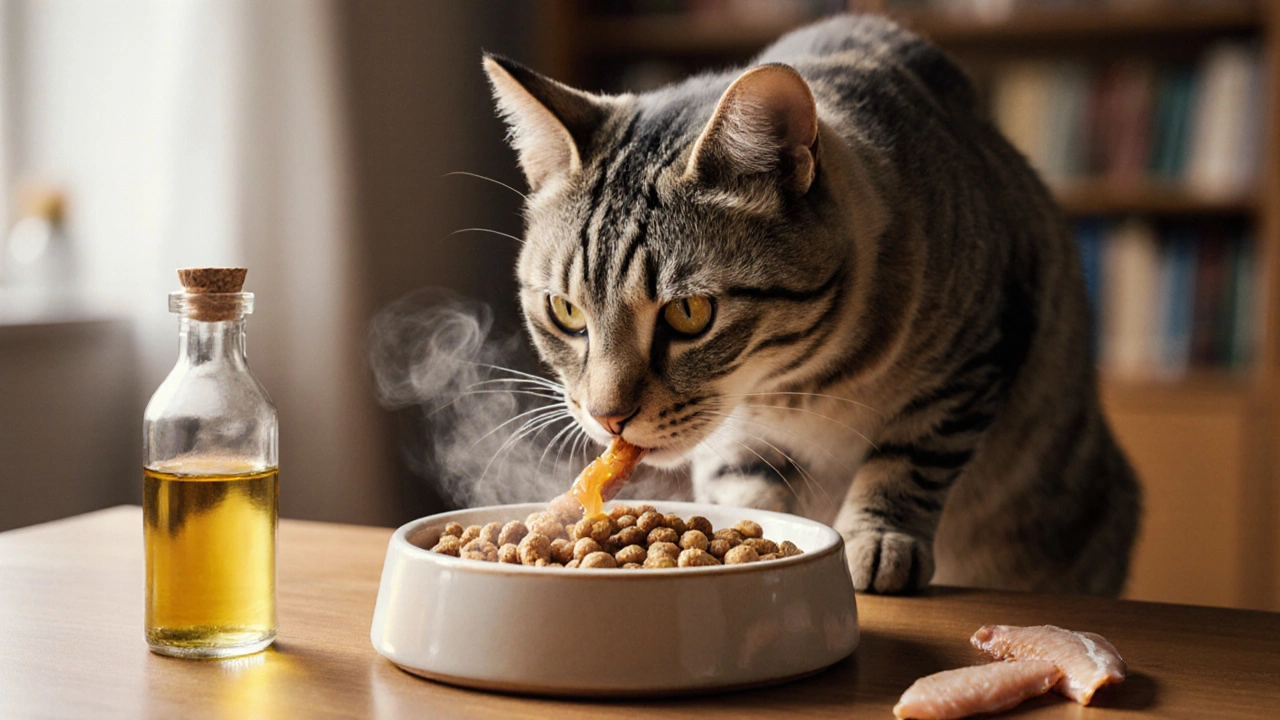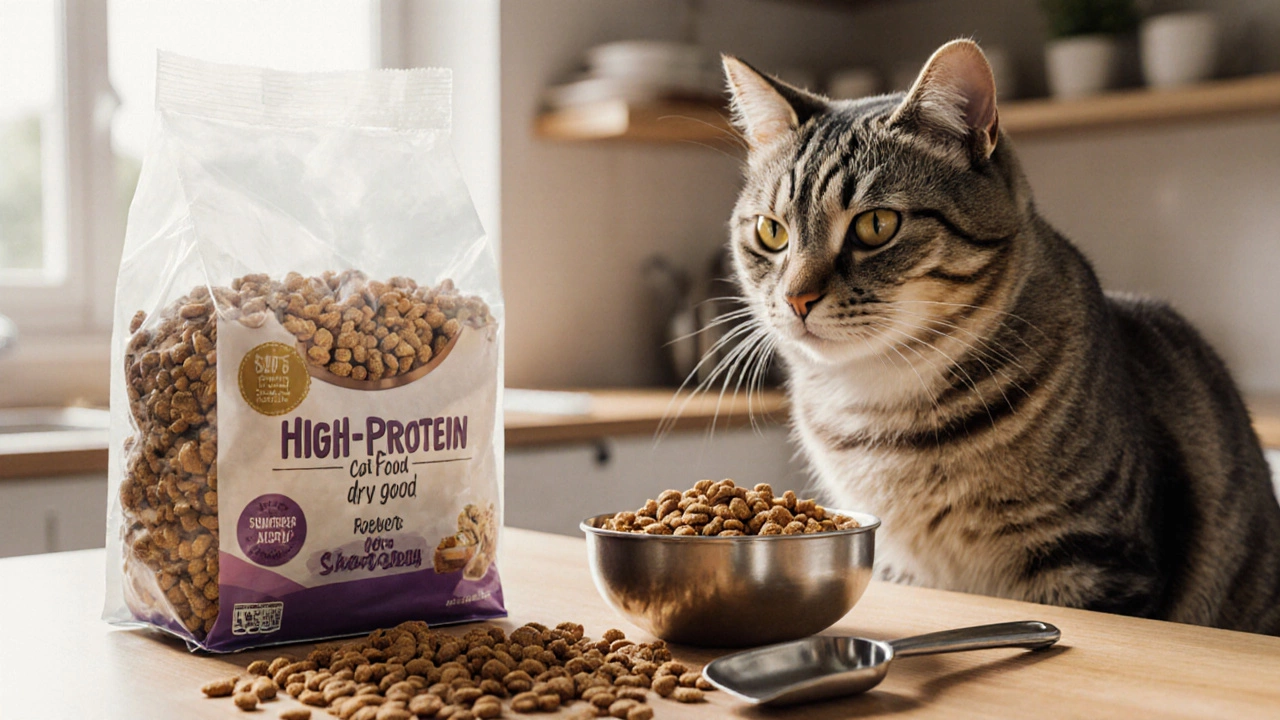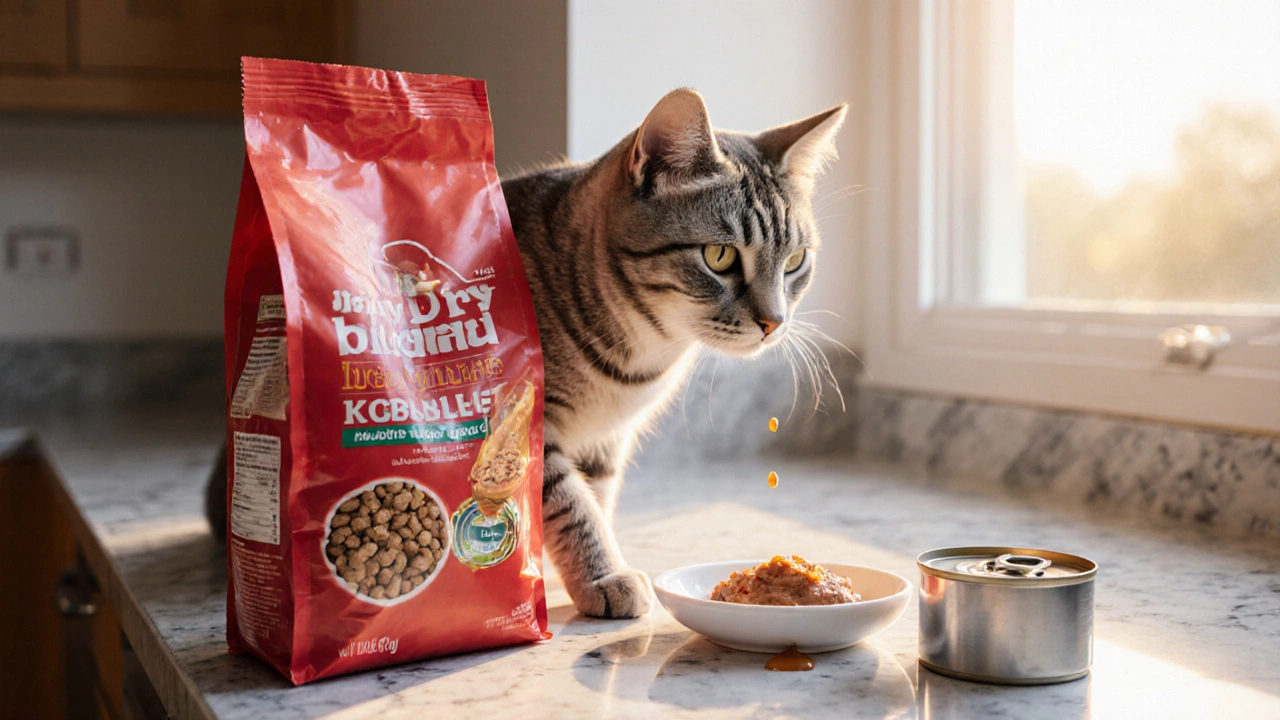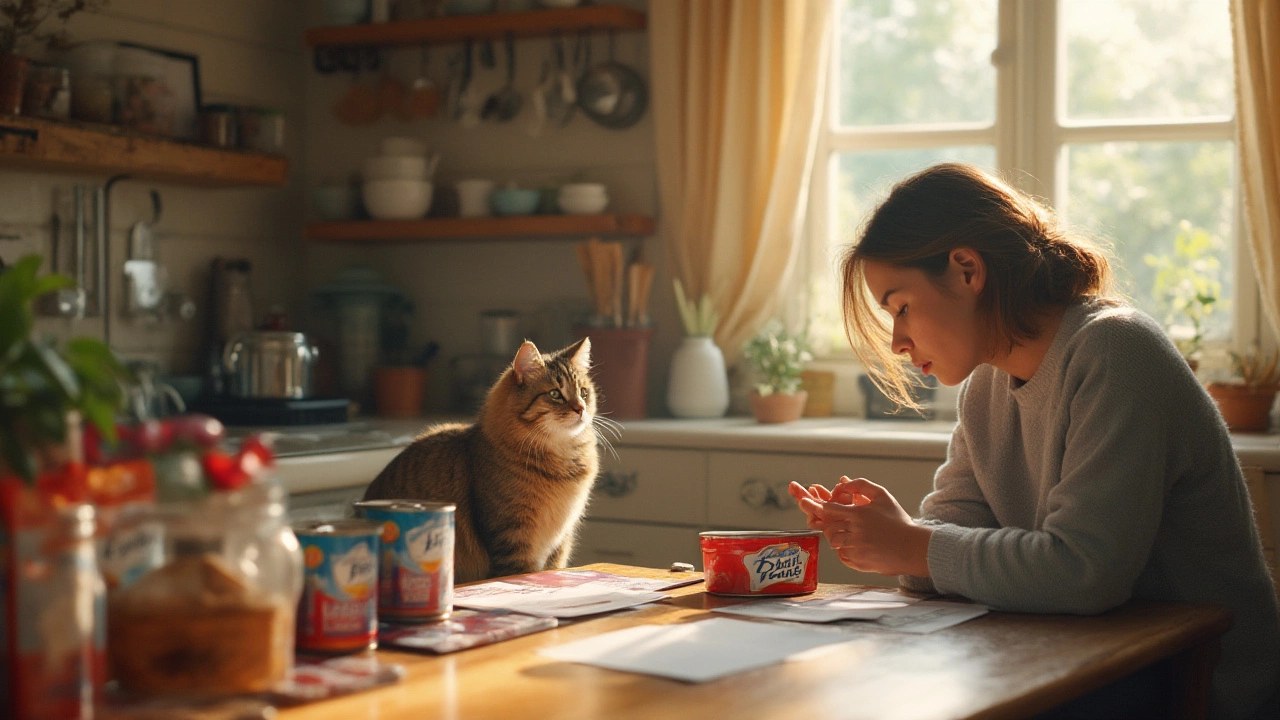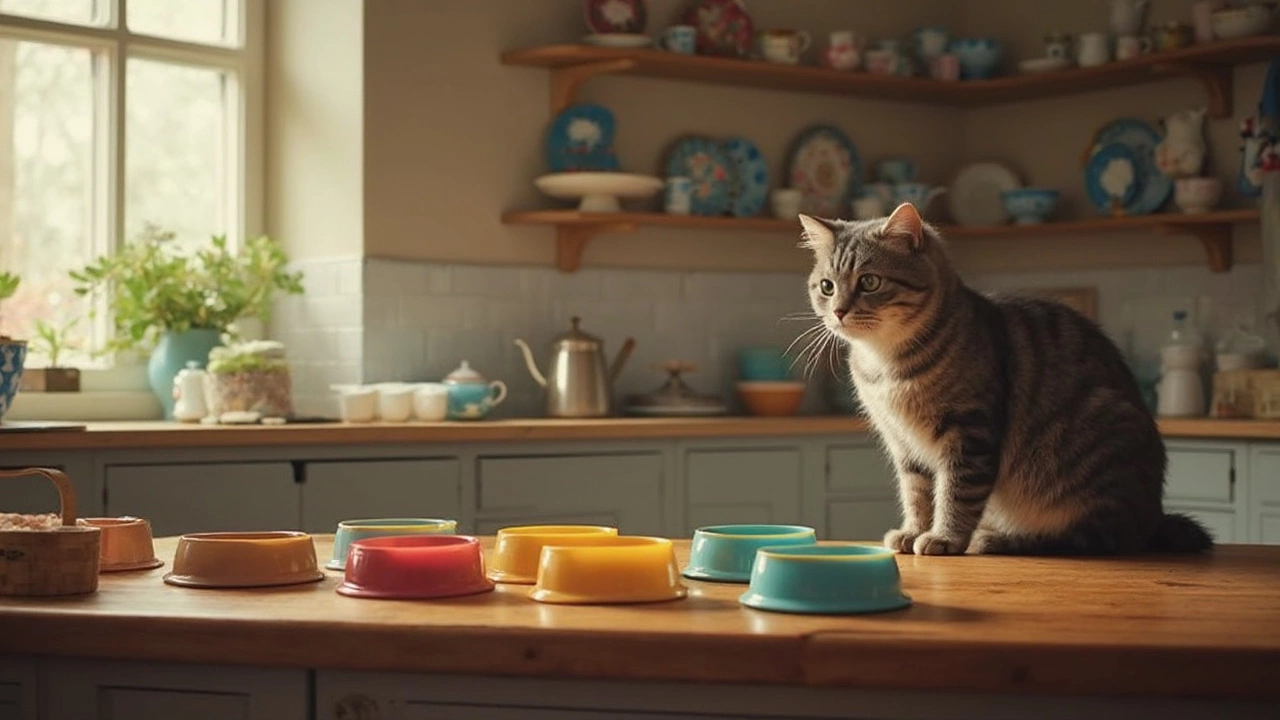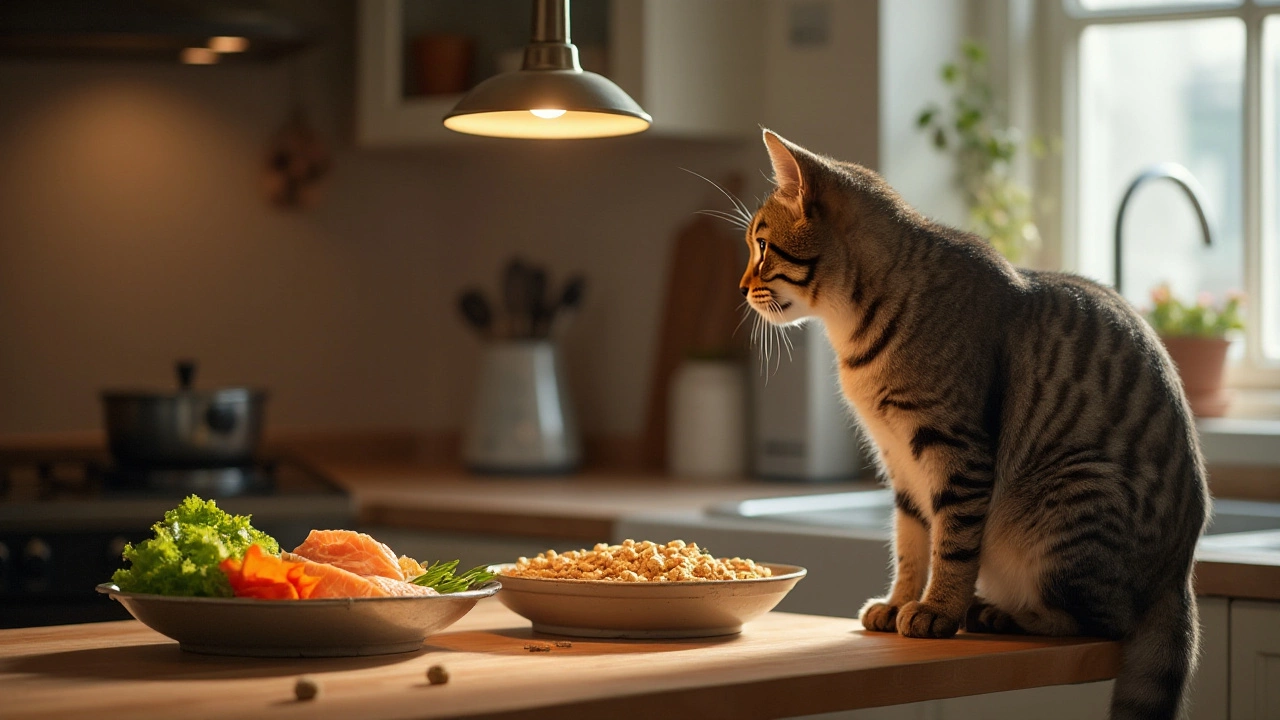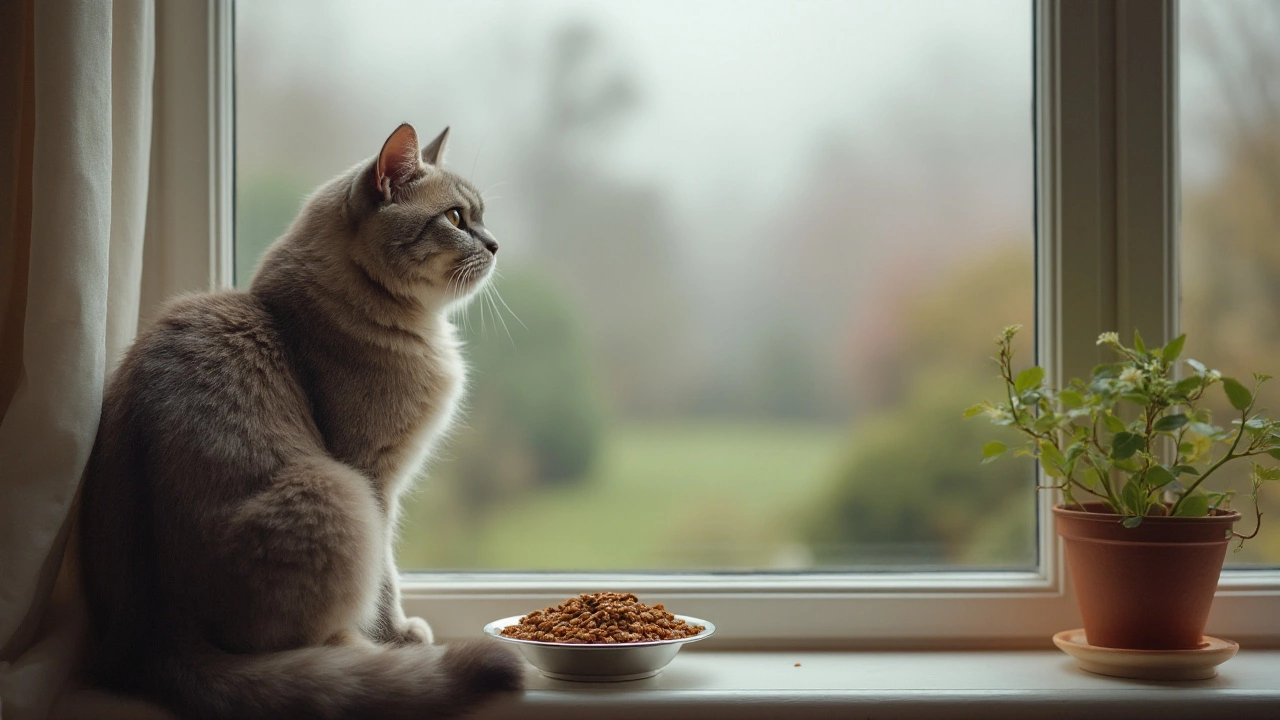Cat Nutrition: Essential Tips for a Healthy Feline Diet
Ever wonder why some cats seem to glow with health while others are constantly battling hairballs or weight issues? The secret usually lies in what’s on their plate. Feeding a cat isn’t just about tossing a bag of kibble in a bowl – it’s about matching food to their lifestyle, age, and even personality. Below you’ll find straight‑forward advice you can use today, plus quick references to our most popular cat‑food posts.
Choosing the Right Food for Indoor Cats
Indoor cats burn fewer calories than their outdoor counterparts, so they need a diet that controls weight without sacrificing nutrients. Look for foods that list real meat as the first ingredient and contain moderate protein (around 30‑35%). Avoid fillers like corn and wheat, which add carbs you don’t need.
Our article Healthiest Cat Food for Indoor Cats breaks down the top picks on the market, highlighting options with added taurine and omega‑3s for a shiny coat. If you’re debating texture, the Pate vs Shredded Cat Food guide can help you decide whether your cat prefers a smooth pate or shredded bites – both can be nutritious, but the key is to choose a formula that meets the protein and moisture requirements.
Practical Feeding Hacks Every Cat Owner Needs
1. Measure portions. Use the feeding guide on the bag, then adjust based on your cat’s body condition. A quick visual check – you should see a waistline and an abdominal tuck.
2. Spread meals throughout the day. Cats are natural grazers; offering two to three smaller meals can prevent overeating and keep energy steady.
3. Mix wet and dry. Wet food adds moisture, essential for kidney health, while dry kibble helps keep teeth clean. A 70/30 split (wet/dry) works well for most adults.
4. Watch for triggers. If your cat gains weight quickly, cut back on treats and consider a lower‑calorie kibble. If they’re losing weight, add a bit more protein or a supplemental food topper.
5. Change food gradually. Switch over 5‑7 days by mixing increasing amounts of the new food with the old. Sudden changes can cause tummy upset.
Beyond these basics, keep an eye on your vet’s recommendations. Some cats need special diets for allergies, kidney support, or weight management. When you’re unsure, our blog’s Healthiest Cat Food for Indoor Cats post offers a side‑by‑side comparison of grain‑free, limited‑ingredient, and high‑protein formulas, so you can pick the right one without guesswork.
Remember, the best diet is the one you can stick to. Choose a brand you trust, stick to consistent feeding times, and adjust as your cat ages or their activity level changes. With these simple steps, you’ll give your feline the fuel they need to chase toys, nap in sunbeams, and live a long, healthy life.
What Is the Best Food to Feed a House Cat? A Simple Guide to Healthy Cat Nutrition
Find out what the best food is for a house cat, including wet vs dry options, key ingredients to look for, and common mistakes to avoid. Simple, science-backed advice for healthier cats.
What Can Cats Eat Instead of Cat Food? Safe Human Foods for Cats
Cats can eat small amounts of plain cooked chicken, fish, or eggs as temporary alternatives to cat food-but never as a replacement. Learn what’s safe, what’s dangerous, and how to handle emergencies.
What to Add to Your Cat's Dry Food for Better Nutrition
Discover safe, effective ways to enhance your cat's dry food with wet food, toppers, fish oil, and probiotics to improve hydration, coat health, and digestion-without risky additions.
Can Cats Thrive on Dry Food Only? Facts, Risks & Tips
Explore if cats can thrive on dry kibble alone, understand the nutrition basics, weigh pros and cons, and get practical tips to keep your feline healthy.
Dry vs Wet Cat Food: Which Is Healthier for Your Feline?
Explore the pros and cons of dry vs wet cat food, learn how each affects hydration, weight and dental health, and get a practical guide to building a balanced, healthy cat diet.
Fancy Feast Cat Food Controversy: Issues Every Cat Owner Should Know
Dig into the controversy behind Fancy Feast cat food. Discover safety concerns, ingredient debates, and what cat owners really need to know right now.
How Many Cans of Wet Food for a Cat a Day? Real Answers for Cat Parents
How much wet food should you actually be giving your cat each day? The answer depends on factors like your cat's age, activity level, and the size of the cans. This article breaks down how to figure out the right amount, what vets recommend, and common mistakes cat owners make with portion sizes. You'll also find practical tips for measuring and adjusting, so your cat gets exactly what they need. Get the clearest info to feel confident about your next mealtime.
Best Cat Food: What's #1 According to Science and Real Cats
Picking the best cat food isn’t about shiny ads or pretty packaging—it’s about what keeps your cat healthy, happy, and full of energy. This article digs into what ‘best’ actually means for cat food, considering science, vet advice, and cats’ real reactions. Learn how to sort through ingredient lists, spot marketing tricks, and make choices based on what truly matters. Get quick tips on reading labels and matching food types to your cat’s needs. Find answers about grain-free options, wet vs dry, and why some foods really do stand out.
How Many Times a Day Should You Feed a Cat?
Feeding your cat the right amount and at the right intervals is crucial for their health. Unlike dogs, cats often prefer several small meals throughout the day. Understanding their feeding needs, along with age and lifestyle factors, can ensure they live a healthy life. This article offers practical insights and tips for proper feeding schedules.
Do Cats Recognize When They're Full? Insights on Feline Eating Habits
Cats, with their independent nature, often leave owners wondering about their eating habits and whether they know when to stop. While domesticated cats rely on their instincts to some extent, their satiety signals can be influenced by diet type and feeding practices. Recognizing fullness in cats depends on various factors including their health and the kind of food provided. Understanding the balance needed for a feline's diet can help in preventing overeating or undereating, ensuring a happy and healthy pet.
Is a Dry Food Diet Safe for Cats? Pros and Cons Explored
Exploring whether cats can thrive on a solely dry food diet requires understanding their nutritional needs and the benefits and limitations of dry kibble. While dry food is convenient and promotes dental health, it may lack necessary nutrients found in wet food. This article delves into the science behind cat nutrition, benefits of dry food, and tips for ensuring your cat remains healthy on a dry diet.
